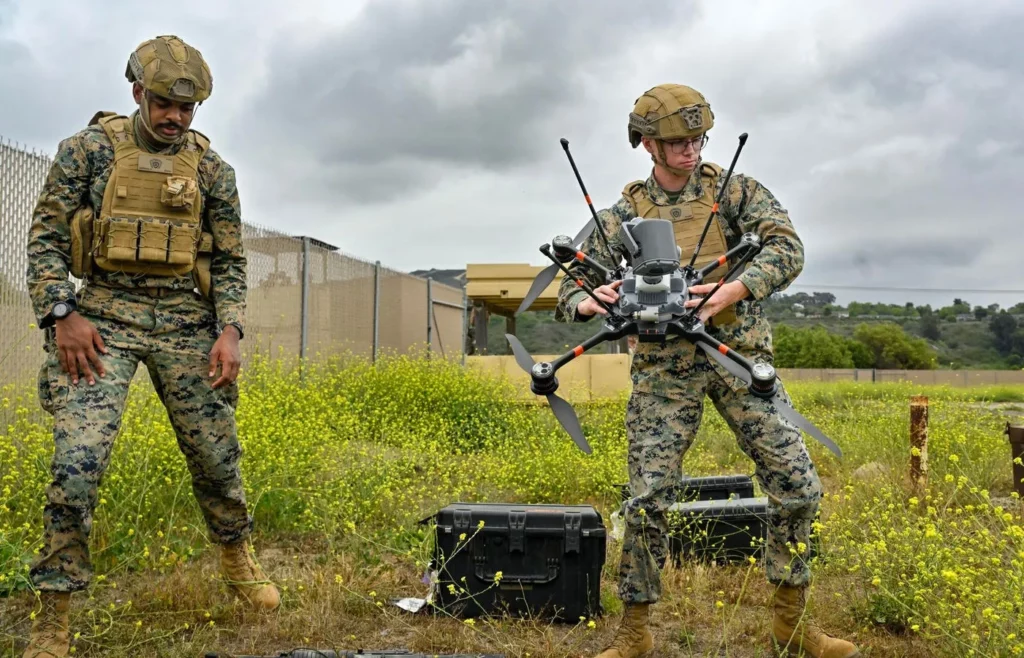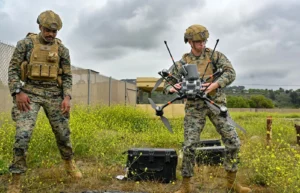
How The Marine Corps Is Preparing For Drone Wars — And What’s Missing
The United States Marine Corps has taken a significant leap forward in preparing for drone wars with the release of its 90-page “sUAS / CUAS Integration Handbook.” The handbook provides foundational principles and guidance on how to integrate drones into combined arms operations. However, experts believe that there are still several key gaps in the document’s approach.
The handbook addresses various aspects of drone warfare, including drone missions, logistics, and the need for new approaches in organizing drone operations alongside manned aircraft and helicopters. The guide also highlights the importance of ensuring friendly forces and aircraft do not collide with uncrewed aircraft.
While the Marine Corps is making progress in preparing for drone wars, there are still some glaring omissions. The document lacks a chapter on one-way attack drone operations, which could have been useful given the extensive use of these drones by Ukraine and Russia in their ongoing conflict. Additionally, the handbook does not provide guidance on the electromagnetic spectrum, which is crucial in a world where electronic warfare plays a significant role.
The Marine Corps has already begun training its personnel in FPV (First-Person View) and tactical drone uses and applications. However, this training is still in its early stages, and it will likely take some time for the military to develop tactics and procedures for drone operations.
Furthermore, the handbook does not address the need for dedicated heavy bomber types, which could significantly enhance the Corps’ drone capabilities. The Marine Corps is expected to field both one-way and two-way attack drones by the end of this year.
Despite these shortcomings, the release of the handbook marks a significant step forward in preparing the military for future conflicts that will likely involve widespread use of unmanned aerial systems.
Source: www.forbes.com


